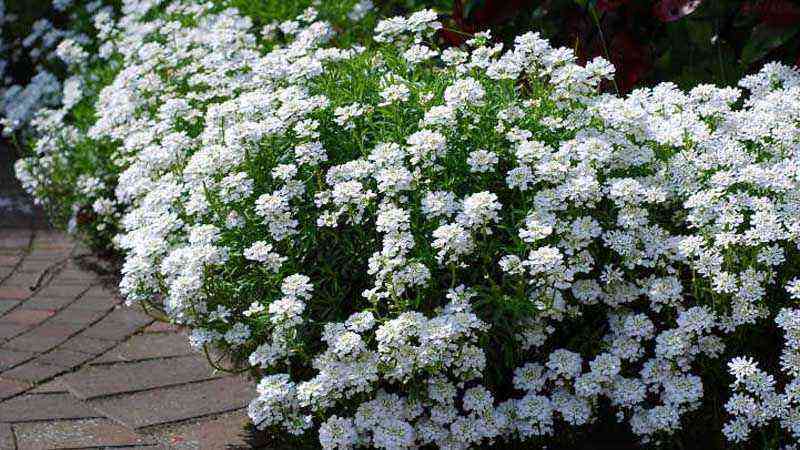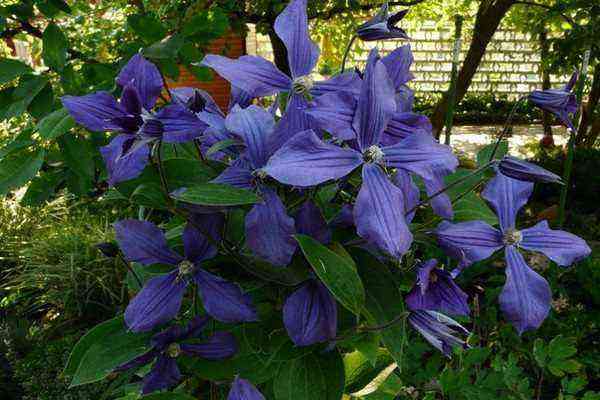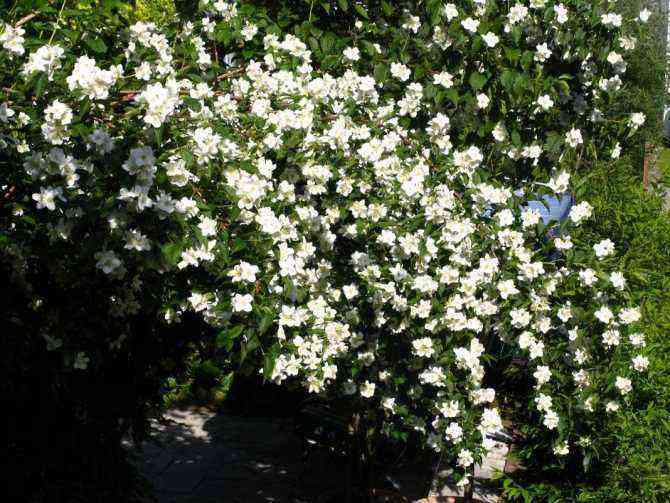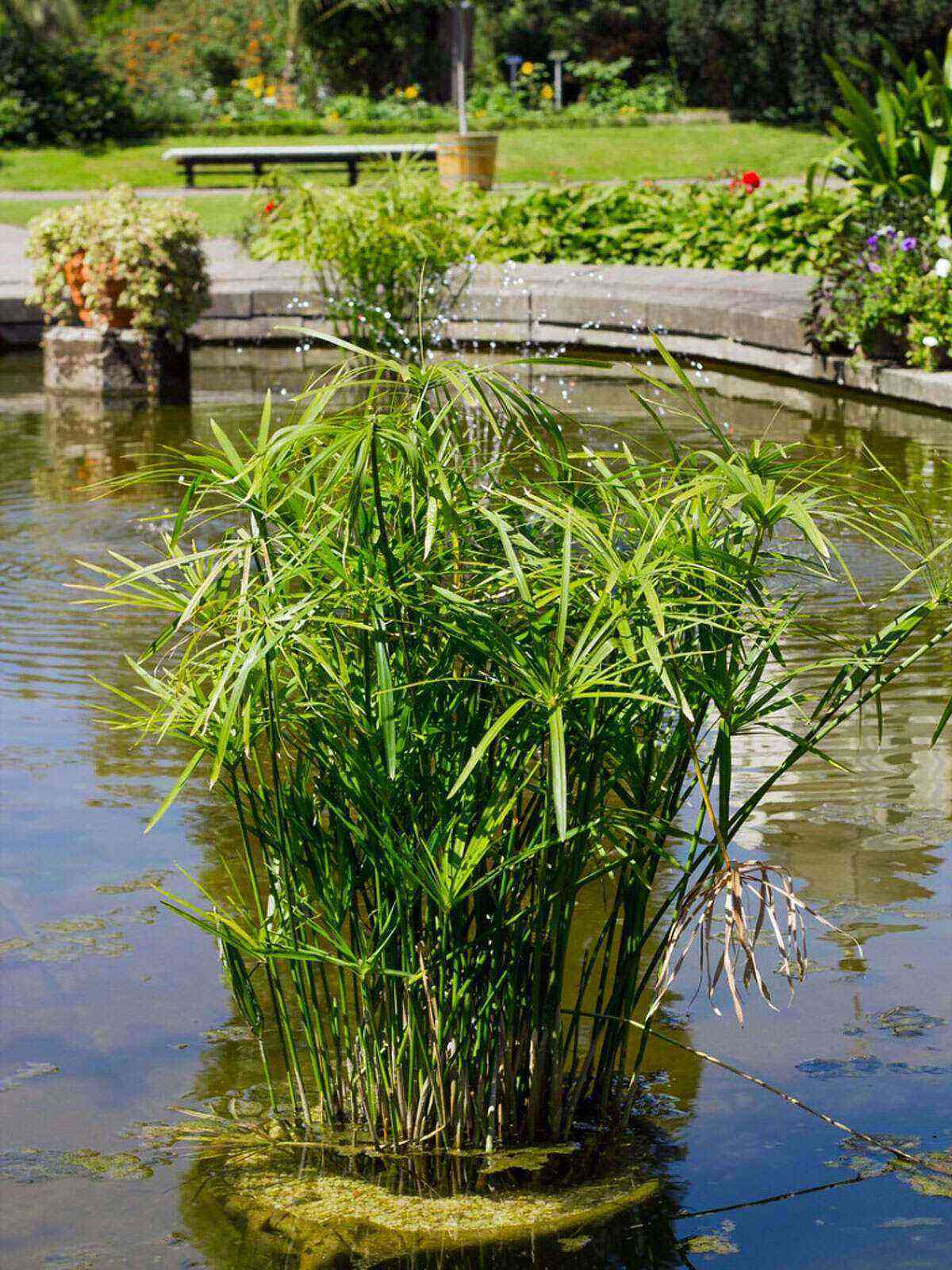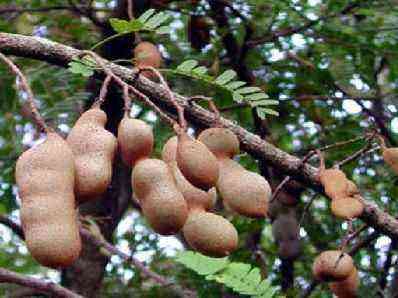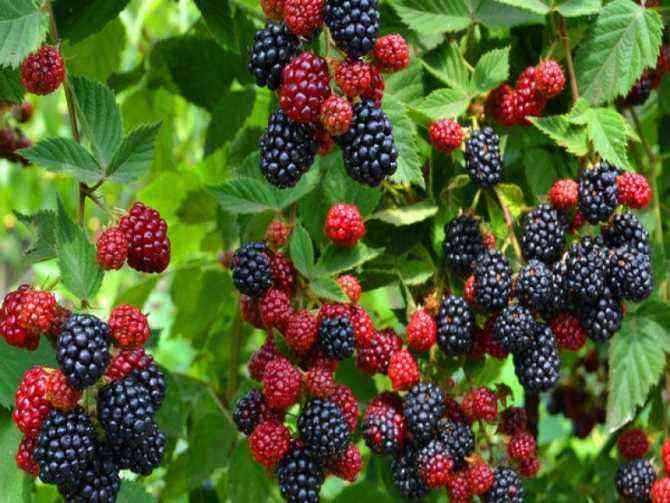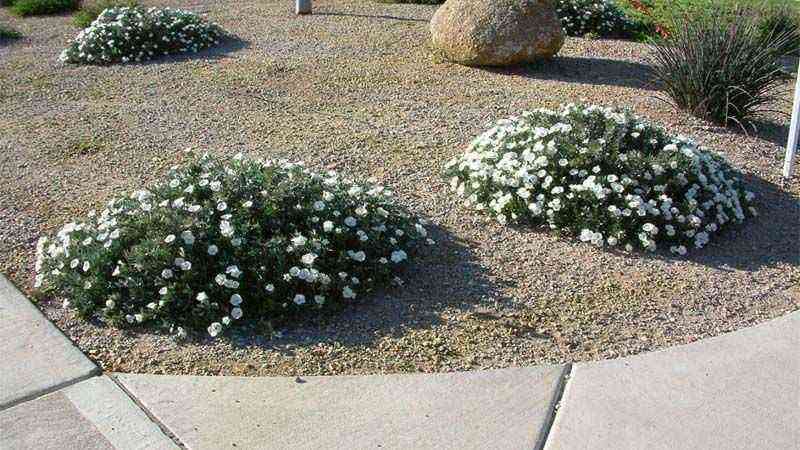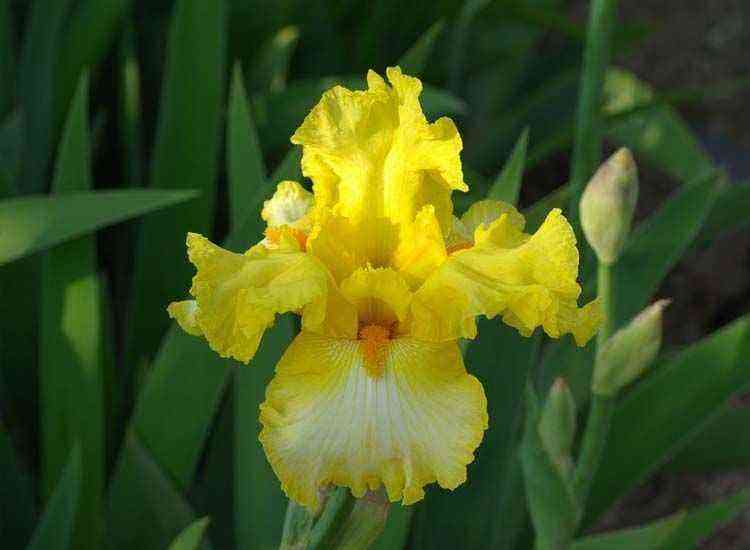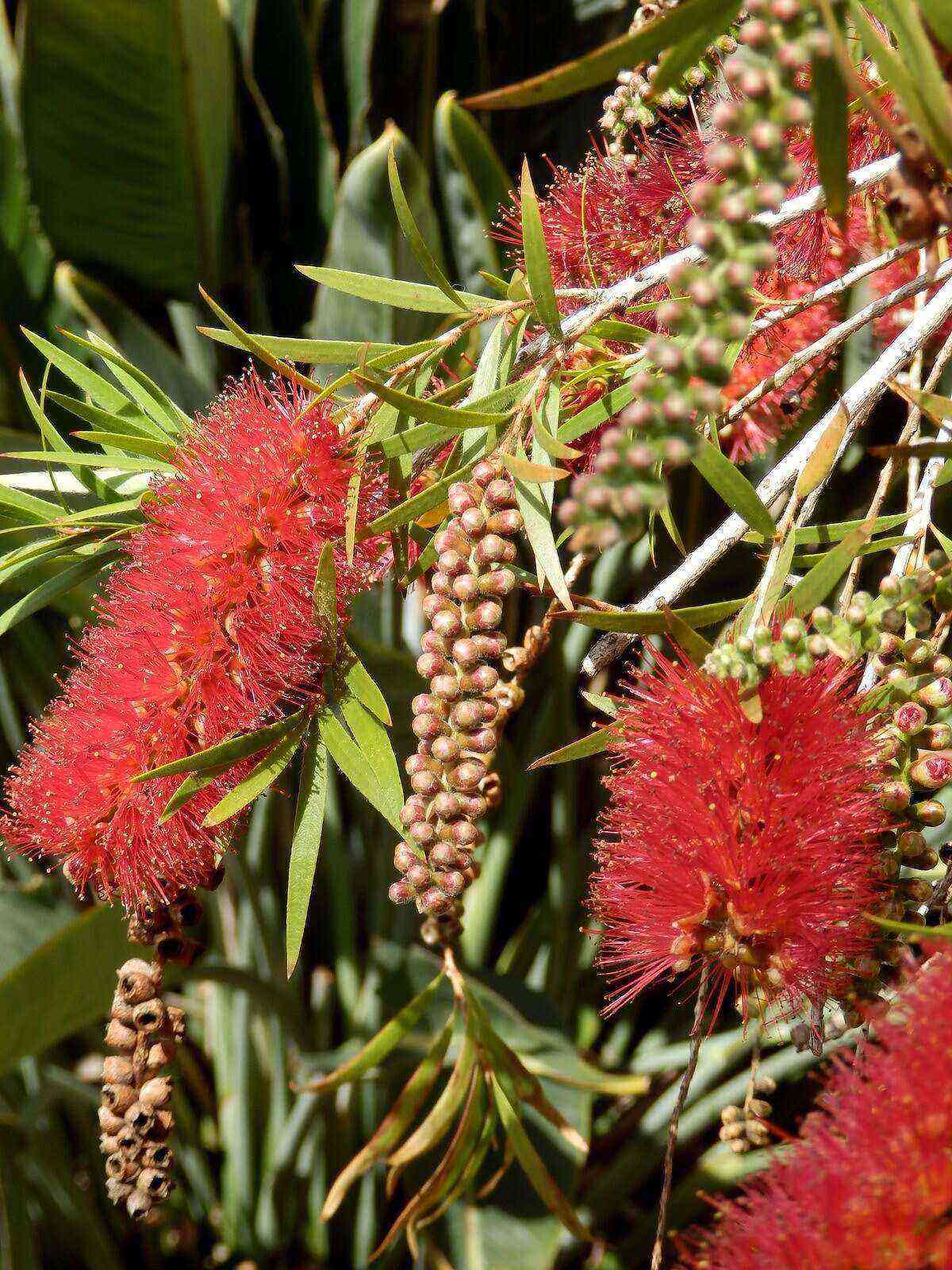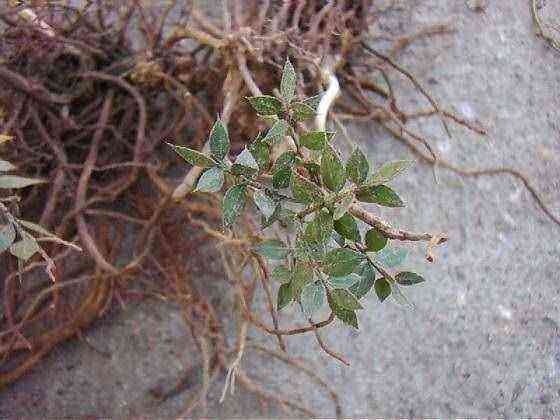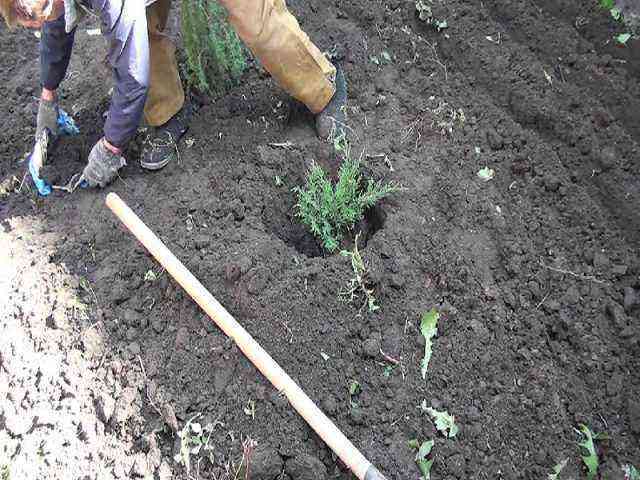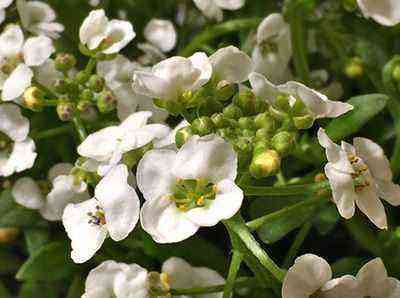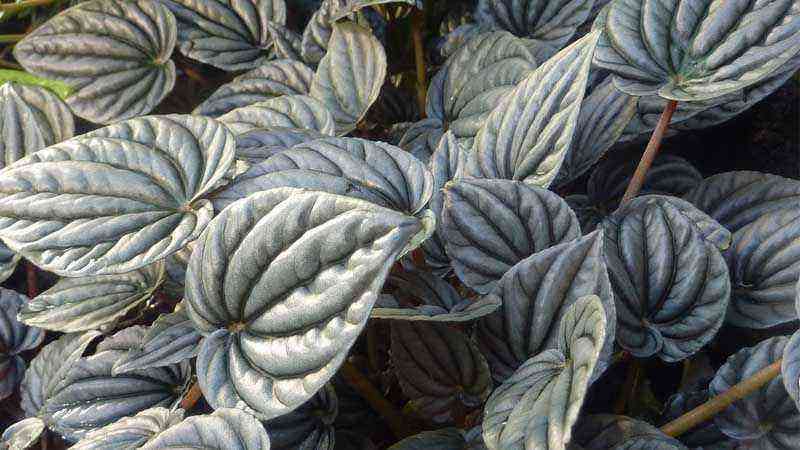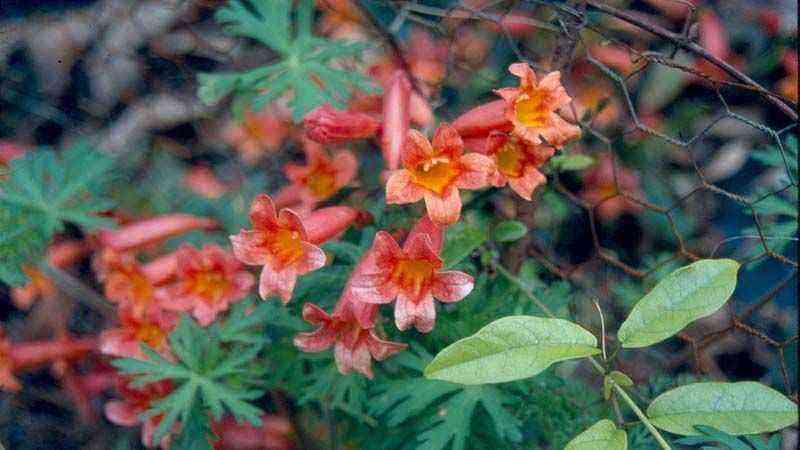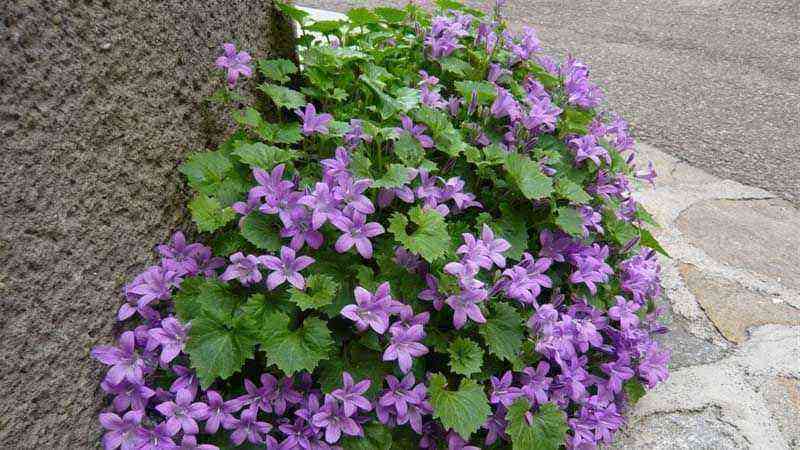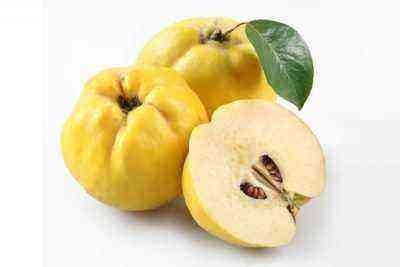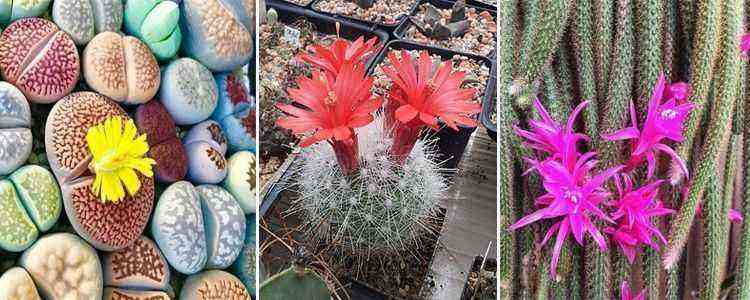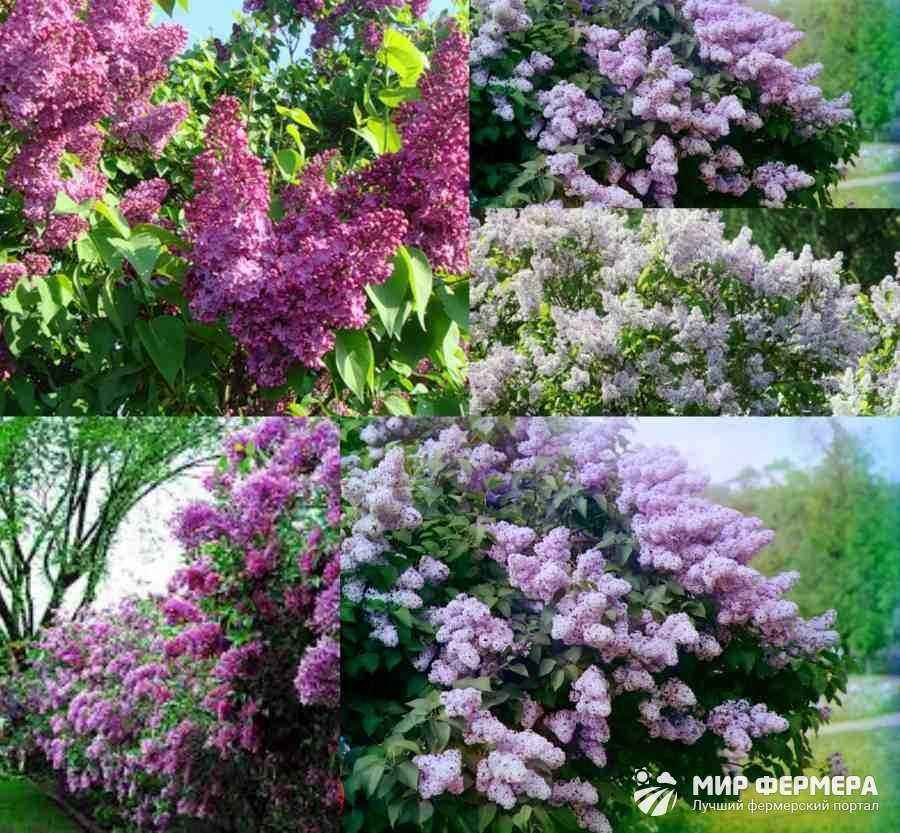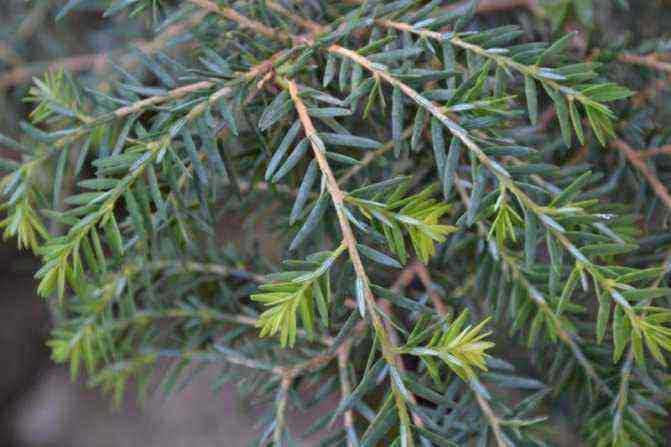Welcome! When we say cultivating in a controlled way, we mean that it is an invasive species, which has its danger when it grows uncontrollably in river beds or is planted as an urban landscape in cities.
We do not go so there and we seek to have a ailanthus individually in our garden. That if you can not? In addition, we are also going to tell you a little about its role as an invasive species to see what we can make clear.
Characteristics of ailanthus (Ailanthus altissima)
The tree we refer to is Ailanthus altissima. We say it with a scientific name because it is the best way to distinguish a tree, because of the problems that arise due to the fact that each country names a tree at will (by the way it is exploited or by how it has been named throughout its history) .
By the way, we have to say that it is a xerophytic tree, we say it because we recently did an article on how to choose trees for sustainable gardens.
Well, we continue talking about this great tree. Apart from its scientific name, it is logically also known by many names apart from Ailanto. We can name it as tree of heaven, tree of gods o false sumac.
Its interest is practically ornamental, and we can see that by visiting the large number of cities where we find it. This is due, apart from its color, to the growing conditions (it is a tree that is very resistant to contamination), although we will see that little by little.
Climatology of Ailanto
It is an all-terrain tree and it is not surprising that it is considered as a Invasive species. It grows where others don’t and thrives in almost any condition. It will not be a problem for us to see it develop without hardly touching it. coastal environments and pollution, as we mentioned earlier.
Usually bloom in spring and its fruits ripen when the summer ends. They usually stay on the tree for quite a long time.
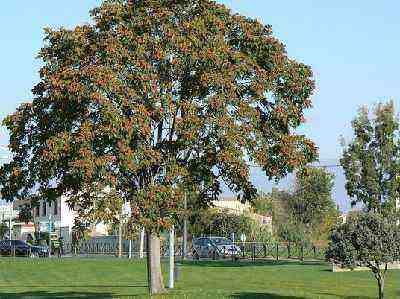

Ailanthus altissima
Source: arbolesyarbustos.wordpress.com
Characteristics of the soil where it grows, irrigated and fertilized
The Ailanto adapts to any type of soil, be it stony, with little fertilizer, dry, etc. It also tolerates limestone soils very well. The best is a floor with good drainage capacity, light and with some humidity.
Irrigation is not a very important feature in your cultivation. We simply have to ensure that it has a bit of humidity constantly, thus we prevent its roots from deepening and can affect other nearby species.
As to subscriber the same thing happens. It does not need large amounts, only when it is growing, given the great speed with which it does. When the Ailanto is an adult, it is not necessary to pay.
Pruning
Regarding pruning, Ailanto does not require hard work to reduce foliar density. In the early years, given its rapid growth, it is important to control its development through structural pruning, which will shape the tree. Intense pruning stimulates the growth of the tree, which is already excessive, so it is important to take this into account.
The Ailanto, an invasive plant
And we come to the crux of the issue that has conditioned even the subtitle of this article. If we gather all the characteristics of your crop and we mention them in summary form, we are left with the following:
- Adapts to the weather, resists pollution and coastal environments
- It adapts to any soil, limestone, with little organic matter and little water.
- It grows very quickly and is able to obtain water and nutrients even if they are scarce.
- Its seeds are very easily dispersed.
- They have great germination power.
All this has made the Ailanthus be considered as a Invasive species. Given these characteristics, it is capable of displacing almost any crop, and that is why the following precautions must be taken, depending on the country where we are.
We tell you the way it has to expand and we find it surprising. Given the great germination and propagation capacity of their seeds, they cover a great distance around the tree.
These suckers grow very quickly, displacing other trees, shading them and robbing them of nutrients and water. As if that were not enough, its leaves generate a toxin that inhibits the growth of other plants.
This in an isolated garden is not a problem, because we will use our hoe and eliminate them, but imagine that you have a nearby forest or a meadow, here we would have a big problem.
In fact, if we see any in a forest, it is necessary to communicate it with the authorities so that they can proceed to their elimination (the problem is quite serious).
Here you have a report from magrama about him Ailanthus (Ailanthus altissima), where, in summary, you specify the following:
- Alters the functioning of the forest ecosystem
- Decreases the C / N ratio (the carbon-nitrogen ratio so important in composting, for example), and increases the Soil pH.
- They produce toxins in leaves and bark that inhibit the growth of other nearby species
- It can alter the availability of food for herbivorous animals.
- It can cause landslides in cliffs and damage to the foundations of buildings
- The flowers of the male Ailanto give off a fetid odor, affecting the quality of the honey.
What was said, in Spain we must avoid its cultivation (especially because it is penalized), but the objective of this article was to publicize its cultivation and especially as an invasive species, which does not exempt from its plantation in other countries that they do not consider the Ailanto like invader.
It is important to spread this article on social networks to avoid any type of marketing of Ailanto, since it has a highly regulated regulation (Royal Decree 1628/2011).
